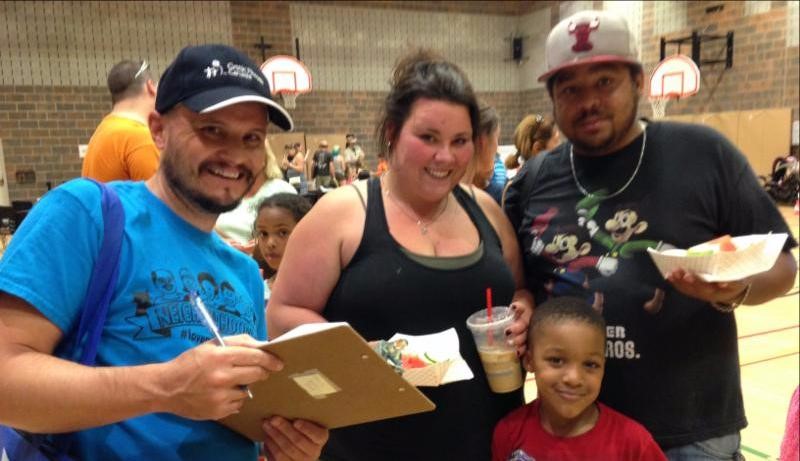Applying the Lessons: Evaluating Community Impact
In Tamarack’s Evaluating Community Impact Community of Practice, Mark Cabaj and Liz Weaver remind us that traditional evaluation tends to focus on evaluating the effects of discrete, programmatic interventions. This approach is not well suited to assist social innovators in addressing complex issues embedded in diverse and often fast moving contexts. The question becomes how do we complement the traditional focus of program evaluation with a broader focus on evaluating changes at the system level? And how do we, as evaluators, improve the probabilities that evaluation feedback is timely, relevant, and used?
Read More






